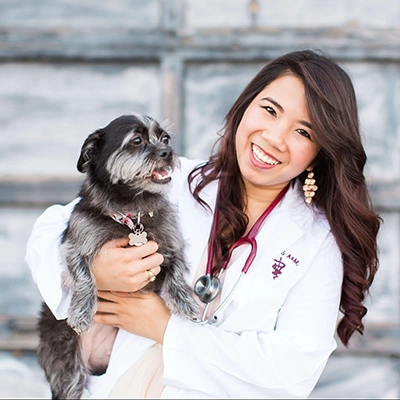
The Corner Vet – Bellaire
At The Corner Vet – Bellaire, we create a caring atmosphere where you and your beloved pets feel welcomed. Our veterinary clinic in the Meyerland and Bellaire area is a warm space with friendly faces ready to offer reassuring smiles and treats. We take pride in providing exceptional medical care with a personal touch, supporting our community like family. With a compassionate heart, through each life stage, The Corner Vet’s mission is to prolong and enrich the lives of our patients with excellent healthcare.

Veterinary Services in Houston, TX
We are dedicated to offering personalized care and support to every individual and their furry companions who walk through our doors.
Pet Allergies & Dermatology
Pet Wellness & Vaccinations
Pet Dentistry
Pet Nutrition & Weight Management
Pet Diagnostics
Pet Surgery

New Client Special Offer
50% OFF*
*Limited appointment availability. Dogs and cats only.
Meet Our Veterinary Team
At The Corner Vet – Bellaire, our dedicated veterinary team, led by Dr. Khanh Tran and Practice Manager Kassandra Topete, combines their expertise and passion to deliver outstanding care for every patient. We treasure the time spent with your pets and are committed to making a meaningful impact through our compassionate and personalized approach to veterinary care. Our goal is to help all pets enjoy long, happy, and healthy lives while ensuring that their care is accessible for their families. Our experienced professionals treat both our clients and their furry companions as part of our family.


Dr. Khanh Tran,
Medical Director
Kassandra Topete, Practice Manager


Kassandra Topete, Practice Manager
TCV Support Team

Kim McQueen, VPO

Dr. Josie Flowers, CEO/CMO
Devoted and Compassionate Veterinary Care
Call or stop in today. We look forward to partnering with you!
Our Online Store is fully stocked for your convenience.
First time visiting? Fill out our New Client Registration.
Shop online and save time by requesting refills online.
